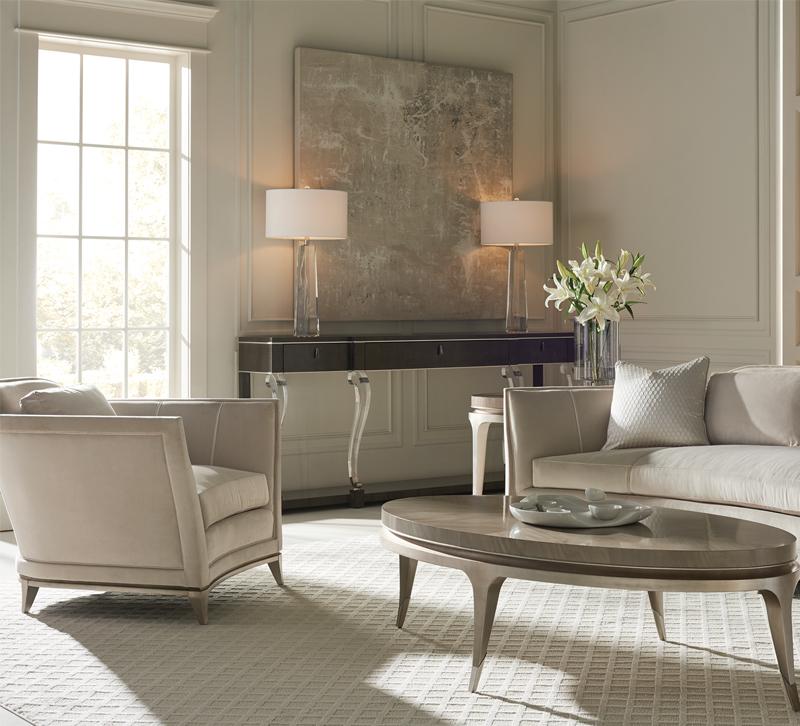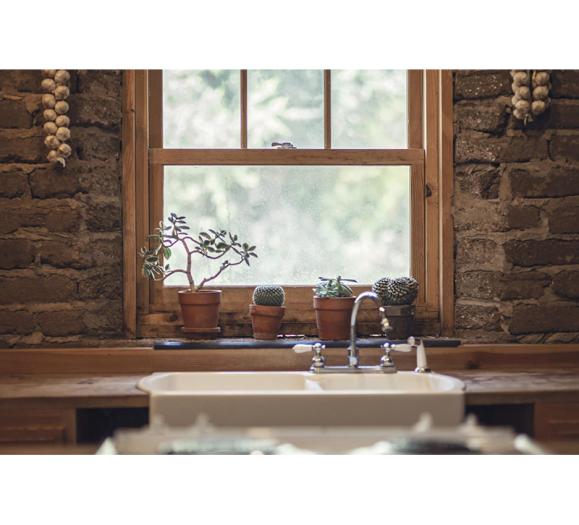In the December issue of Furniture, Lighting & Decor, we introduced you to the new aristocracy in our Consumer Snapshot department. This demographic includes both older Millennials and young Gen Xers, and they represent the next generation of the ultra-wealthy. Luxury Portfolio International (LPI), who conducted the 2018 study The Rise of the New Artistocracy, predicted this new group would be “larger in number and greater in economic power than the wealthy in the gilded age of the Rockefellers.”
But the LPI study didn't just focus on this new demographic. It also highlighted the needs and trends happening with another prominent group: the luxury loyalists. This group of high-net-worth consumers are over the age of 50, and they're interested in buying a personal residence for $1 million or more within the next three years.
In short, these are the traditional luxury loyalists, but their needs are changing as they get older. For interior designers targeting this demographic, it's important to know what they're looking for and how to design for their needs. Here's what designers need to know about these traditional luxury loyalists.
Design styles they love
Though they may be traditional in name, these luxury loyalists aren't looking for traditional design. When LPI asked which style they wanted for their next personal residence, 41 percent of survey takers said contemporary and another 38 percent said modern. It makes sense. Both styles offer a more clean, minimal aesthetic, and LPI noted that at this stage, luxury loyalists will be looking for ways to simplify their lives.
Their most popular "essential" home features, then, should come at no surprise:
1. Has an outdoor space such as a patio or terrace.
2. Has a dedicated laundry room with high-efficiency appliances (or a space of their own).
3. Construction incorporates high-efficiency windows and doors.
4. Master suite with dual closets.
5. A butler's pantry with ample storage.
From this list, it can be inferred that luxury loyalists plan to continue entertaining, prioritizing outdoor space and plenty of kitchen room, and that they equate efficiency with cost-saving. More than half (55 percent) of respondents said that high-efficiency windows and doors would be essential in their next homes.
LPI's study shows that this group likes to save money in the long run, so having a working knowledge of sustainable options and high-efficiency products will go a long way with this demographic.
A place for smart homes
As more smart home products hit the market, consumers are starting to incorporate them into their everyday lives, but this demographic isn't as committed to the smart home concept, though they certainly have the budget to create a customized system of their own. LPI's research found that they do not want to learn a new system if they can avoid it, and they mainly view the smart home concept in general as nice-to-have, but not essential to their new homes. At the same time, however, smart home systems and products can benefit this aging demographic and make their lives easier in the long term.
There's a lot for designers to learn about smart homes — from companies that offer custom setups to the many Amazon- and Google-integrated products available on the market right now — but designers that learn how to design simple smart homes with auto-control HVAC and lighting systems and demonstrate that value to their clients will have the most success with this demographic moving forward.
For those designers looking to gain a competitive edge on the market — a proficiency in smart home design — start by looking for local resources at a nearby design center. The Merchandise Mart in Chicago, for example, houses a number of home tech and appliance companies that would be happy to help designers learn about their products and how they fit in with the concept of the smart home. Be sure to look for market seminars on smart home topics, and if you don't see any, reach out to the American Society of Interior Designers or the Interior Design Society and ask for this kind of programming. Both groups provide education opportunities, and they want to deliver seminars that meet the needs of their group members.
Share with us: What is most surprising about this group of luxury loyalists?







